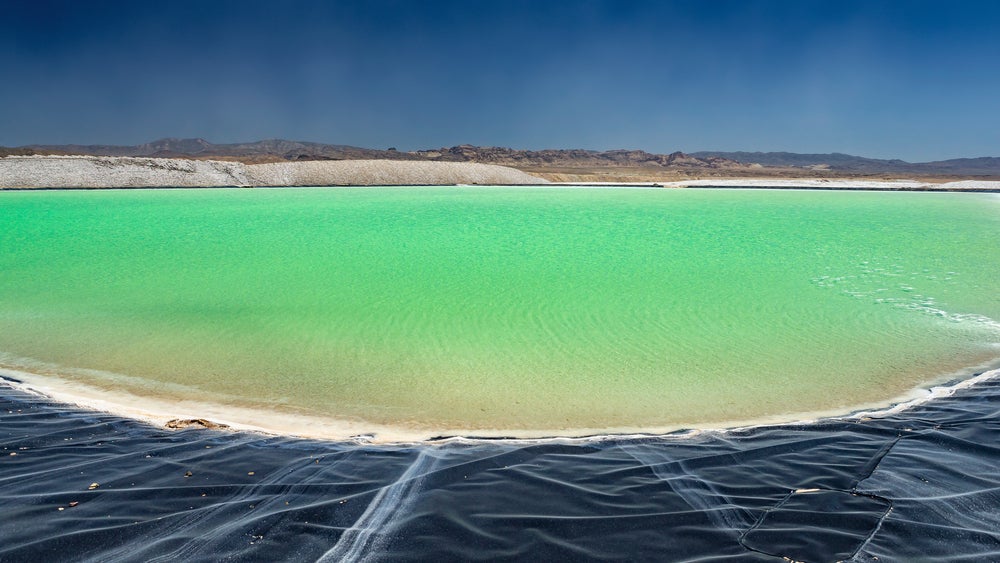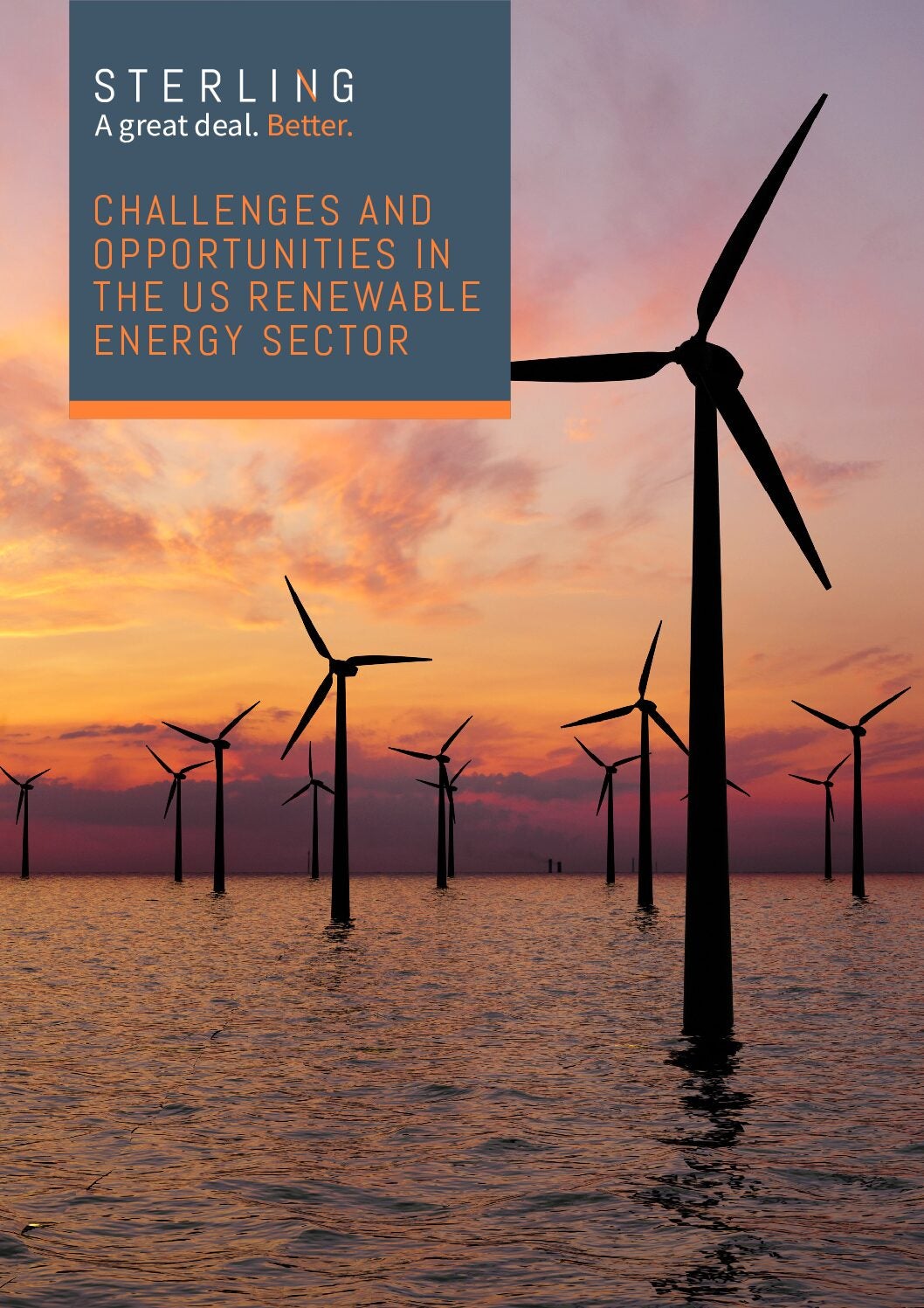
The market for minerals that are critical to the production and powering of electric vehicles, wind turbines, solar panels and other clean technologies key to the energy transition has doubled in size over the past five years, according to a report by the International Energy Agency (IEA).
The first Critical Minerals Market Review, published on Tuesday alongside a new online data explorer, projects the global demand for 37 critical minerals. It analyses the deployment and spending trends in the clean technologies industry and studies government policies to forecast future demand. It shows that record deployment of clean energy technologies is driving a huge surge in demand for critical minerals. Of these, lithium, cobalt, nickel and copper have emerged as key transition metals.
The report found that between 2017 and 2022, the energy sector, and the power sector specifically, was the main factor driving growth. In this period, overall demand for lithium tripled, with demand for cobalt rising by 70% and nickel by 40%.
The market for energy transition minerals reached $320bn in 2022 and is set for continued rapid growth, moving it centre stage in the global mining industry, projections found. As a result of market growth, investment in critical mineral development rose 30% last year, up 10% from 2021. Lithium saw the sharpest increase in investment as global electric vehicle (EV) uptake continues to surge. According to the report, electric car sales alone increased by 60% in 2022, exceeding ten million units.
Exploration spending also rose 20% last year, with Canada and Australia leading the way with more than 40% growth in mineral exploration year on year, most notably looking at hard-rock lithium.
According to the IEA, the increase in spending by companies on critical minerals lends support to the affordability and speed of clean energy transitions. “At a pivotal moment for clean energy transitions worldwide, we are encouraged by the rapid growth in the market for critical minerals, which are crucial for the world to achieve its energy and climate goals,” IEA executive director Fatih Birol said in a statement but added that “major challenges remain”.
“Much more needs to be done to ensure supply chains for critical minerals are secure and sustainable,” he said.
The IEA’s analysis found that supply could be sufficient to support national climate pledges this decade if all critical mineral projects currently under planning worldwide are successfully realised. However, the risk of project delays and potential technological shortfalls leave very little room for complacency regarding supply.
The data explorer tracker accompanying the report tracks global demand for copper, cobalt, lithium, nickel and neodymium in relation to stated policies by nations worldwide, comparing this with announced pledges by governments and the IEA’s own net zero by 2050 scenario.
Visit Energy Monitor's new Critical Mineral Tracker: Track production data and forecasts for lithium, cobalt nickel and copper, plus reserves, visualised against demand.It complements other critical mineral trackers, such as Energy Monitor’s quarterly-updated interactive mineral tracker, which analyses available data to provide insight into production and reserves of critical minerals per country to assess whether supply will keep up with demand.





